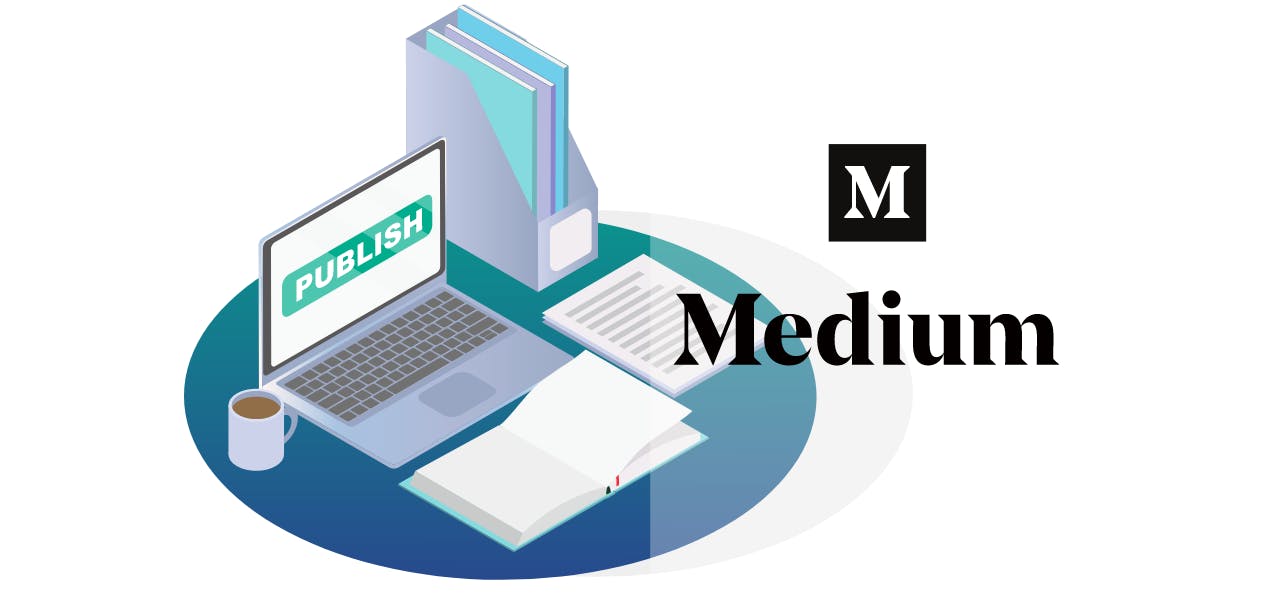From a hierarchical perspective, there are many worthy magazines that writers wish to write for, except for the competition for being published in one of these outlets is always high. For example, if you want to write about politics, culture, or the culinary scene, the New Yorker might be a good fit, except you’ll have to submit your writing samples in addition to hundreds of other submitters with those similar interests. The reward is high for being published in such an outlet, but is it worth all of the risk of waiting around and possibly not amounting to anything?
Before Medium.com was around, some writers and academics might have said sure, what other option do I have?
It depends on the writer in question and their aspirational goals, but one alternative to trying to be featured in more acclaimed outlets is to try the avenue of self-publishing, at least to test your own writing skills and see what kind of an audience you can generate. And if you can generate an audience, then perhaps you should keep at it. Medium.com gives writers, journalists, and professionals who work in academia an outlet, and voice, on their self-publishing platform to do so.
The Pros and Cons of Medium
Medium was founded in 2012 and has raised over 130 million dollars in just five years. Although there is still some stigma against self-publishing—given that your work is seen as sometimes un-official, the website is still very popular today for thought leaders across a range of different sectors and disciplines, and also young writers looking to make a name for themselves.
Today, if you go over to their site and look at the homepage, you’ll notice the homepage and Tabs feature many different topics ranging from psychology to leadership, to management, to culture and politics. The site is clearly supported by writers who are trendy, by those who actively seek out trends to write about, and for those appealing to the feelings economy.
But one of the problems with Medium.com is that if you are a writer looking to support yourself, you can’t really bank on freelancing through this platform, at least with no other form of income. That’s what makes writing on Medium more of a side hustle. You can, in fact, join what is called the Medium Partner Program where you, “...share your ideas with our community of members and get paid…the more they read your stories, the more money you’ll earn”, but payouts can range dramatically and be too inconsistent to make a full-time job out of.
This is also accompanied by the fact that writing for Medium is mostly a freelancing role. You won’t get the same feeling as you when there’s a team dynamic involved, as well as team moral. After working on projects for multiple months, these more traditional organizational characteristics definitely matter. And while freelancers can enjoy the freedom of being able to post about whatever they want on Medium, sometimes having a set writing schedule can be advantageous and centering for individuals looking to make a career out of it.
On the flip side, perhaps the biggest benefit of writing on Medium.com as hinted at earlier is that it allows one to have a portfolio of writing samples so that when a candidate decides to apply for a writing job at a more consistent and well-paid outlet, they will have something to show recruiters and hiring managers. As a writer, one's resume is valuable, but ones writing samples, their style, their tone of voice, how academic or non-academic they sound, matters a lot when being recruited to work for an organization.
Content, Feelings, and Facts
If you pick up an issue of The Economist this year, you aren’t going to be exposed to too many feelings reports. You are mostly going to be exposed to economic analysis and observations of how countries are responding to the coronavirus pandemic and the objective reporting of those who have experienced hardships due to this economic downturn.
In scientific magazines as well, most readers understand that the content they are reading is purely for academic purposes. It’s about theories and hypotheses and following the results of a study. Authorship in academic journals tends to entertain both sides of an argument while remaining neutral for the sake of integrity and objectivism.
On Medium, however, this all changes. While there are many articles being posted on Medium that have to do with science, there are also many more articles that are opinion editorials dealing with identity politics, cultural issues, and the sort. While these articles are still entertaining and generate large audiences and give justice to pressing current events, they also dilute the majority of the content on Medium, so readers are less likely to click into purely academic articles. This is a problem because sometimes audience members can become confused by what is objective journalism and what is an opinion matter. As the feelings economy creeps into these platforms, it essentially changes the whole foundation of what is considered scientific and non-scientific; what is considered fact and what is considered fiction.
